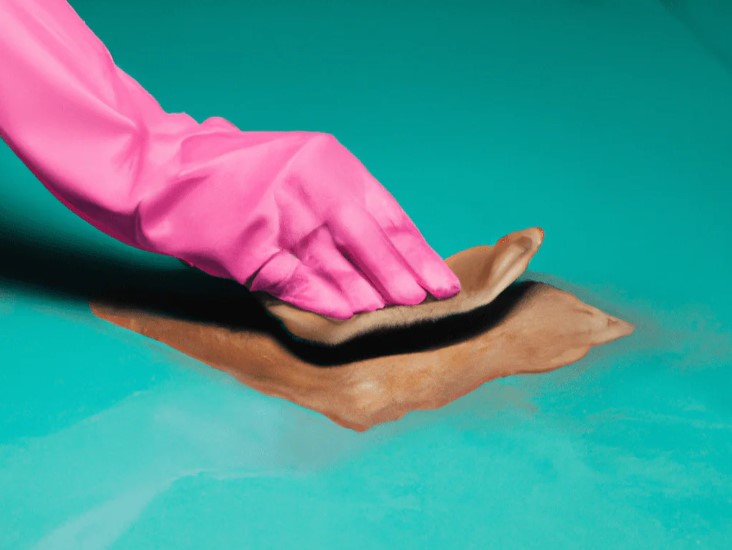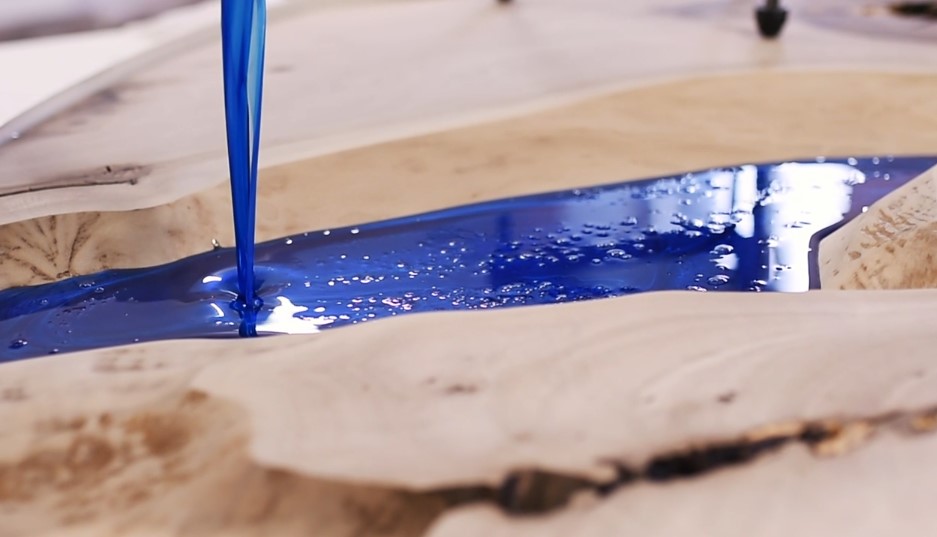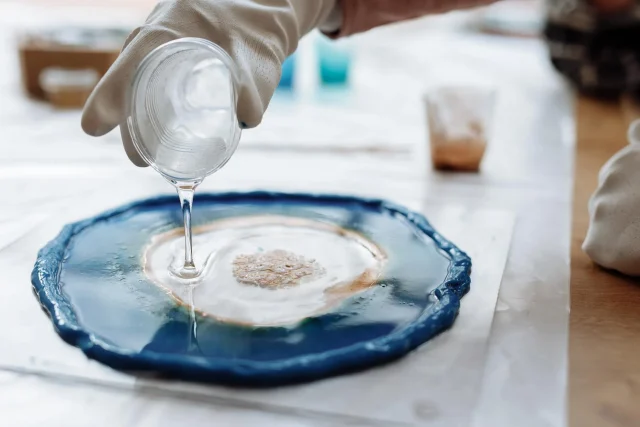
Epoxy resin finishes on ceramic surfaces offer a sleek, durable, and aesthetically pleasing solution for various applications, from countertops to decorative items.
To ensure the longevity and resilience of these finishes, it’s crucial to follow proper preparation, application, and curing techniques.
Begin by thoroughly cleaning and sanding the ceramic surface to enhance adhesion. Applying a primer can further improve the bond between the resin and the ceramic. During the application, maintain a consistent temperature and humidity level to prevent imperfections.
Allow ample curing time in a dust-free environment to achieve a smooth, hard finish. By adhering to these steps, you can ensure that your epoxy resin finish remains durable, resistant to wear, and visually appealing for years to come.
Surface Preparation
Start by thoroughly cleaning the ceramic surface. Any dust, dirt, or grease can interfere with the adhesion of the epoxy resin. Use a mild detergent and warm water to clean the surface.
For stubborn stains or residues, a mixture of vinegar and water or a specialized ceramic cleaner can be used. Rinse thoroughly and allow the surface to dry completely.
Once the ceramic surface is clean and dry, the next step is to sand it. Sanding creates a slightly rough texture, which helps the epoxy resin adhere better. Use a fine-grit sandpaper, such as 220-grit, and sand the surface lightly in a circular motion.
Be sure to cover the entire area evenly. After sanding, wipe the surface with a damp cloth to remove any dust created during the sanding process. Allow it to dry completely before proceeding to the next step.
Applying a primer can significantly improve the bond between the ceramic surface and the epoxy resin. Choose a primer that is compatible with both ceramic and epoxy resin. Apply the primer in a thin, even layer using a brush or a roller.
Follow the manufacturer’s instructions for drying times and apply additional coats if necessary. Once the primer is fully dry, lightly sand it with fine-grit sandpaper and wipe away any dust.
Mixing and Applying the Epoxy Resin
Epoxy resin typically comes in two parts ─ the resin and the hardener. Follow the manufacturer’s instructions carefully when mixing these components. Use a clean, disposable container and stir stick to mix the resin and hardener together.
Stir slowly and thoroughly for at least two to three minutes, ensuring that the mixture is completely blended and free of streaks. Avoid introducing air bubbles during the mixing process, as these can cause imperfections in the finished surface.
Pour the mixed epoxy resin onto the prepared ceramic surface. Use a brush, roller, or spreader to distribute the resin evenly. Work methodically, starting from one edge and moving across the surface in a consistent pattern.
Aim for a thin, even coat and avoid overworking the resin, as this can introduce air bubbles. Allow the first coat to level itself out and settle. Follow the manufacturer’s recommended drying time before applying subsequent coats.
For enhanced durability, multiple coats of epoxy resin may be necessary. Once the first coat is dry to the touch but still slightly tacky, apply the next coat. This will help the layers bond together.
Repeat the application process, ensuring each layer is thin and even. Depending on the desired thickness and the specific product used, two to three coats are generally sufficient. Allow each coat to cure as per the manufacturer’s instructions before applying the next.
Curing and Finishing
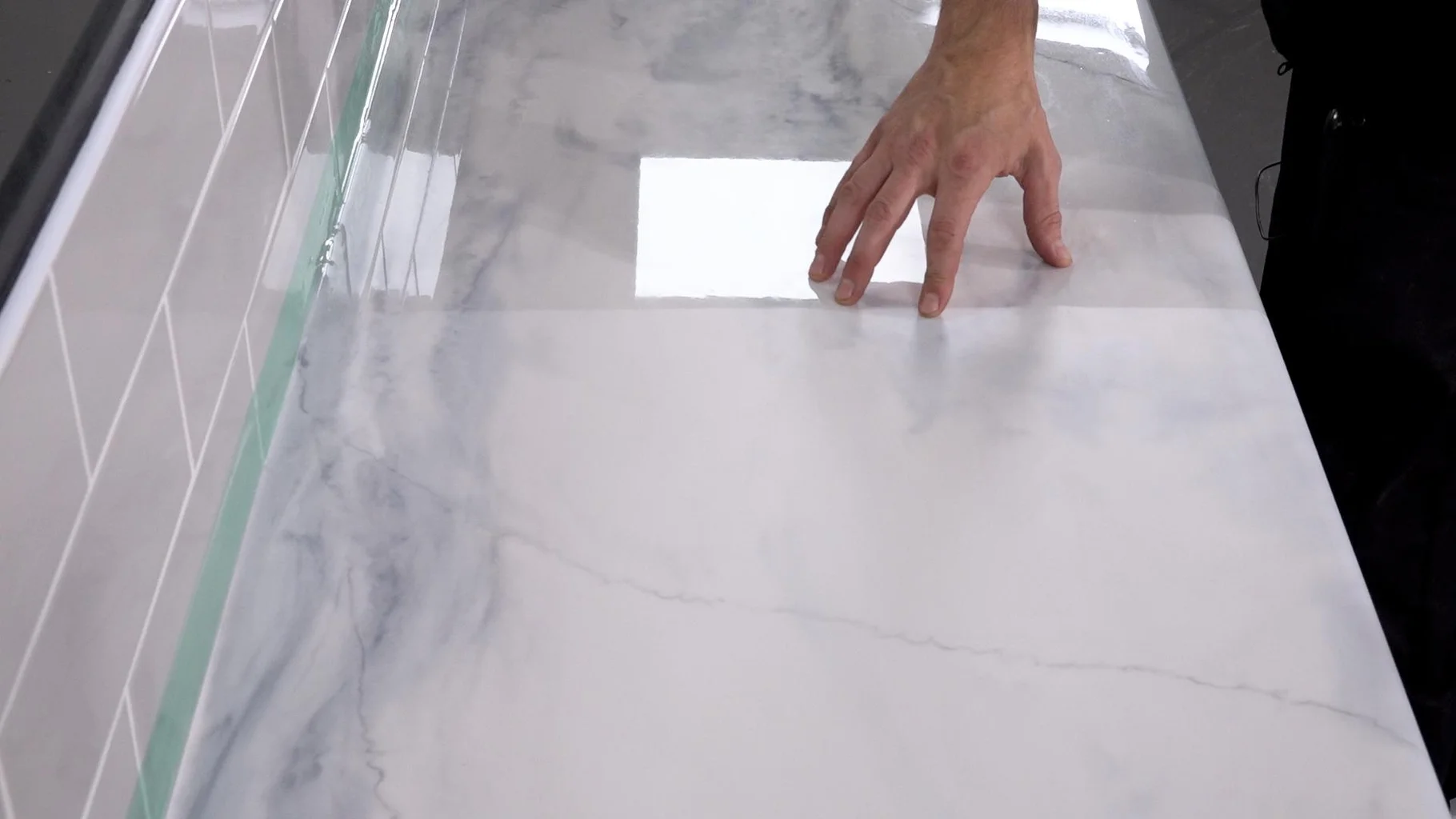
Proper curing is crucial to achieving a durable finish. The curing process allows the epoxy resin to harden and reach its maximum strength. This typically takes several days to a week, depending on the product and environmental conditions.
Maintain a consistent temperature and humidity level during the curing process, as fluctuations can affect the finish. Avoid disturbing the surface during this time to prevent dust and debris from settling into the resin.
Lightly sanding between coats can help create a smoother and more even finish. Use a fine-grit sandpaper, such as 400-grit, and sand the surface lightly in a circular motion. Wipe away any dust with a damp cloth and allow the surface to dry completely before applying the next coat of epoxy resin. This step is especially important if the surface feels rough or has imperfections from the previous coat.
Once the final coat has cured completely, you may choose to polish the surface for a glossy, high-shine finish. Use a polishing compound specifically designed for epoxy resin and a soft cloth or buffing pad.
Apply the compound in a circular motion, working in small sections until the entire surface is polished. This step is optional but can enhance the appearance and smoothness of the finish.
Maintenance and Care
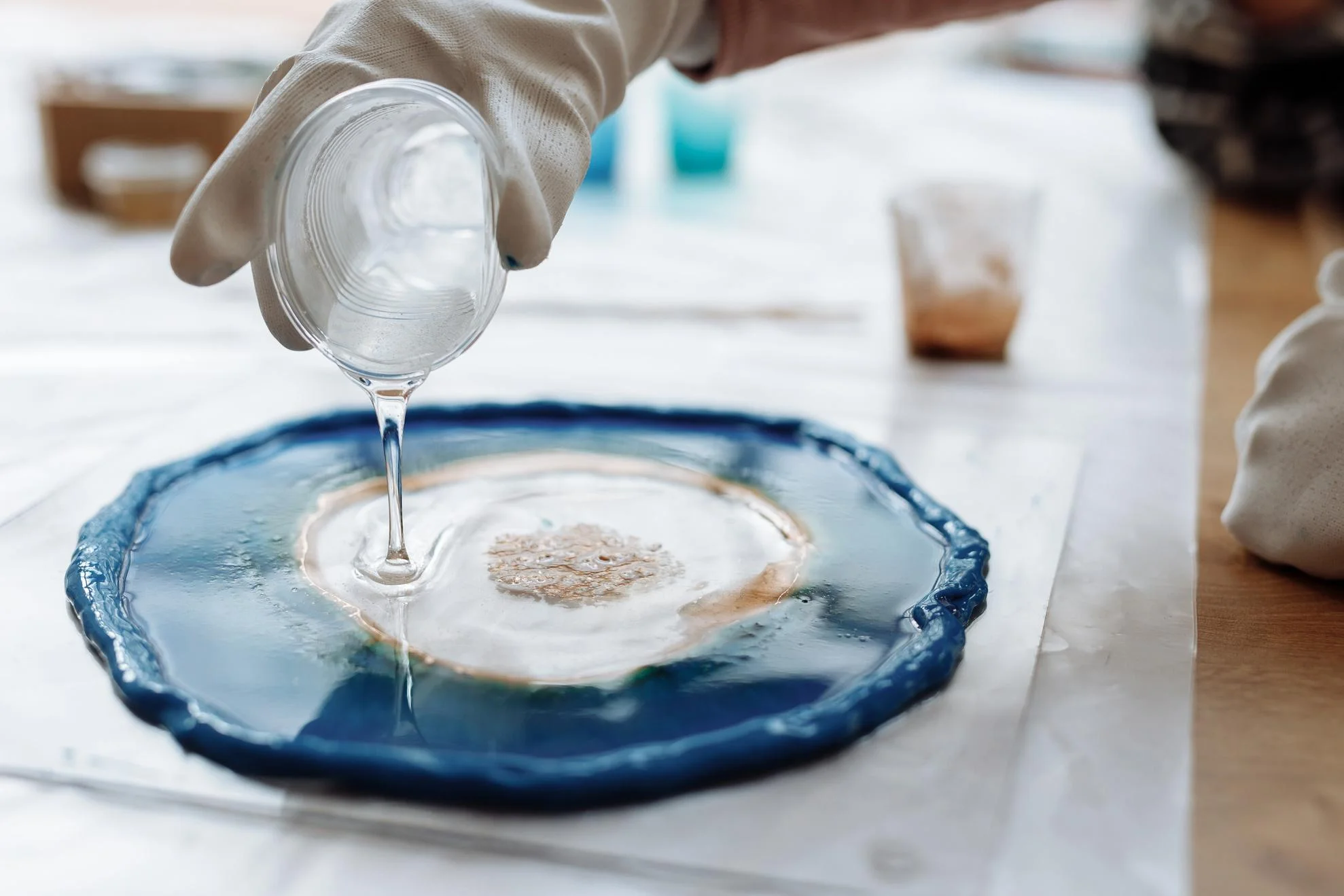
Maintaining the durability and appearance of your epoxy resin finish requires regular cleaning. Use a soft cloth and a mild detergent to clean the surface. Avoid abrasive cleaners or scrubbing pads, as these can scratch the resin.
For tougher stains, a mixture of baking soda and water can be used. Rinse thoroughly and dry with a soft cloth.
To prevent scratches and damage, use coasters, trivets, and placemats on your epoxy resin-coated ceramic surfaces. Avoid placing hot items directly on the resin, as extreme heat can cause discoloration or damage. If the surface is in a high-traffic area, consider applying a protective wax or sealant to provide an additional layer of protection.
If your epoxy resin finish does become damaged, it can often be repaired. Small scratches and imperfections can be buffed out with a polishing compound. For larger areas of damage, lightly sand the affected area and apply a new coat of epoxy resin following the same steps outlined above.
Be sure to blend the new resin seamlessly with the existing finish to maintain a uniform appearance.
Conclusion
Achieving a durable epoxy resin finish on ceramic surfaces involves careful preparation, meticulous application, and proper maintenance.
By following these detailed steps, you can create a beautiful, long-lasting finish that enhances the appearance and functionality of your ceramic items.
Whether you’re working on a small craft project or a large-scale installation, the principles remain the same. Attention to detail at each stage of the process will ensure that your epoxy resin finish is not only durable but also a stunning addition to your space.

